|
The spoon theory was created by Christine Miserandino to explain to a friend about what it felt like to have the chronic illness lupus. She used it to describe how every task in a day requires a block of energy, be it physical or mental, and that she had to budget out those blocks across the day. She wrote it up as an essay for her blog. "I quickly grabbed every spoon on the table; hell I grabbed spoons off of the other tables. I looked at her in the eyes and said 'Here you go, you have Lupus'… I asked her to count her spoons. She asked why, and I explained that when you are healthy you expect to have a never-ending supply of spoons. But when you have to now plan your day, you need to know exactly how many spoons you are starting with. It doesn’t guarantee that you might not lose some along the way, but at least it helps to know where you are starting. She counted out 12 spoons…. I asked her to list off the tasks of her day, including the most simple. As she rattled off daily chores, or just fun things to do; I explained how each one would cost her a spoon… I think she was starting to understand when she theoretically didn’t even get to work, and she was left with 6 spoons. I then explained to her that she needed to choose the rest of her day wisely, since when your spoons are gone, they are gone." Spoons and grief The spoon theory was created for chronic illness, but it can also be used for the impact that grief has on your physical and mental spoon numbers. Early on in grief I was so tired that my bones hurt, which took away some of my physical spoons. I also had widow brain, which took away some of my mental spoons too. Creating a spoons graphic based on your own needs can be a useful exercise to help you understand what you need, and what you can do to look after yourself. What you can do
Notes about spoons
0 Comments
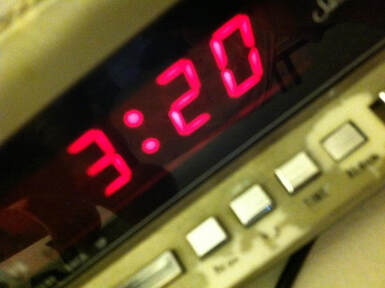 Lack of sleep can have an effect on our health – it's been linked to obesity, heart disease, memory loss, high blood pressure, diabetes and a less effective immune system. Not having enough sleep can leave you craving sugary, salty or carbohydrate-heavy food. Lack of sleep has connections between depression and anxiety. It can even affect your balance. Sleep can be so hard when you are grieving - your head is full of spinning thoughts and tough memories, and you may have nightmares. Here are some hints and tips for improving sleep. During the day
In the evening
Bedtime
If you can't sleep
If insomnia is making you so tired during the day that you can't work, care for yourself or others, or means that driving feels dangerous, talk to your doctor. There may be medications or therapy techniques that could help.  Cooking can feel like the last thing you want to do when you are grieving. Your appetite might be gone, and shopping and cooking for one, setting the table for one, and sitting down to eat alone just reminds you of what you have lost. You might simply not have enough energy to cook (spoon theory isn't just about chronic illness). In a world where everything is packed in two, or four, or huge multipacks, cooking for one can feel very wasteful, or make you feel trapped into eating the same thing every day for a week. When you just can't face cooking In the early days I didn't really want to eat much, and then if I did want to eat I certainly didn't want to cook. Remember at this time, eating anything is better than eating nothing, and now is not the time to be counting calories or stressing about dieting. There are quick and easy alternatives that get you through the bad days.
Recipe boxes and ready meals Recipe boxes provide you with all the fresh ingredients you need, which takes the pressure of shopping away, and reduces waste. Hello Fresh and Mindful Chef provide one portion meals. Gousto recipe boxes serve two, but you can split what you make and have it the next day. Potage, Cook and Wiltshire Farm Foods deliver single portion ready meals for the freezer (Wiltshire Farm Foods also does meals for special dietary needs) and Mindful Chef has a range of ready meals, soups and broths. Allplants and Planty deliver single portion vegan ready meals for the freezer. Many of the plans have introductory offers, with reduced prices for the first few deliveries. Keeping it simple When you start to cook for yourself, keep it simple. That doesn't mean dull food, just food that can be made in single portions, prepared quickly and don't involve waste.
Learning to cook Some people face living alone being unable to cook, or lacking confidence in their own abilities. And while all the television shows on cooking are great, they can make the whole process look really daunting. These resources are also useful for people looking for inspiration.
Gadgets The two best things I bought for the kitchen were a soup maker and an air frier. My soup maker means that I can load it up with veg and stock and half an hour later I've got my five a day in a mug, with another portion for later. Some will also make smoothies, sauces and even jam. My air frier is effectively a tiny fan oven, and means that I don't need to put the oven on when I'm cooking for one. As well as making awesome roasted vegetables, great baked potatoes (microwave them first and then finish them in the air fryer, nice crispy bacon and rather good chips, it's great for warming through bread rolls and yesterday's left-over slice of quiche. Batch cooking When you have the energy, and feel like a day in the kitchen, batch cooking means you can cook in larger batches but not be stuck eating the same thing every day. You'll also have a freezer full of ready meals made exactly to your taste. You can get Bereavement Support Payments from the government. This is not a means tested payment, and is open to people whose husband, wife or civil partner died in the last 21 months, provided that the late partner paid National Insurance contributions for at least 25 weeks in one tax year, or if they died because of a work-related disease or accident. You will get £2,500 as an initial payment, and £100 a month.
Claiming within 3 months of the death means that you will get the full amount, but you can claim up to 21 months after their death. You can apply online, by phone or by post. 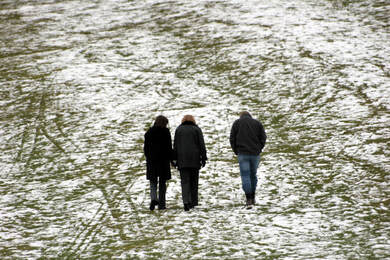 Psychiatrist Colin Murray Parkes and psychologist John Bowlby came up with the four phases of grief model in the 1970s. This is a linear model of grief, like the four tasks of grief and the six R processes of mourning. The real experience of grief generally isn't linear though, and people as they grieve can cycle through different phases, or ping between them like a pinball machine. Shock and numbness After someone dies, whether it's sudden or expected, there is a period of numbness that perhaps helps us to survive the first few days, weeks or months. It's hard to accept the reality of the loss. Yearning and searching In the second phase, we long for our person to return. Our life is full of sadness, anger, anxiety and confusion. We can seem preoccupied. Disorganisation and despair Accepting our loss can leave us without energy, despairing and feeling hopeless, and can make us withdraw. Life feels like it will never get any better. Reorganisation and recovery In the recovery phase, intense sadness starts to withdraw and we may be able to remember the person we lost with more positive feelings. Energy begins to return. 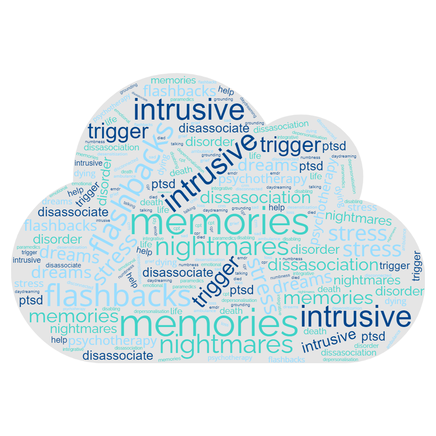 Just over four years ago, Tim died suddenly and unexpectedly next to me. I had to call 999, for only the second time in my life. The call handler dispatched the ambulance, and I pulled Tim onto the floor. The call handler talked me through CPR – I shouted 1-2-3-4 as I pressed down on his chest, and I can still feel in my bones the moments his ribs cracked. The paramedics arrived, and for a moment they thought they had restarted his heart – but no, he was gone. Tim's sudden death left me with dissociation, flashbacks, intrusive thoughts/memories and nightmares, all symptoms of post-traumatic stress disorder (PTSD). Flashbacks and intrusive memories Flashbacks are moments where you feel that the trauma is actually taking place again, right here and right now. Intrusive memories are unwelcome thoughts and memories that push themselves into our mind. Flashbacks and intrusive thoughts/memories can be triggered by lots of things – a smell, a sound, something you see. I had a flashback in the middle of a conference when someone coughed, and it sounded just like Tim's last breath. I wanted to run but couldn't get out. I repeated under my breath 'that was then, and this is now'. There is a brilliant video about intrusive memories from The Loss Foundation that explains more about why these happen. Dreams and nightmares There is a theory that dreams and nightmares are a way of our brains processing the events that we have been through, and storing our memories. If this is correct, it's not surprising that we have grief dreams. They're not always about our partners dying – I've had dreams about Tim coming back temporarily, about his death being a mistake, about him not dying at all but leaving me or me leaving him. Over time, the bad dreams do diminish, though they can pop back up after emotional moments or times of conflict. I do now have nice dreams about my parents, and about Tim. While I wake up sad, I think 'It was nice to see you again'. Dissasociation When you disassociate, you can feel unreal, and disconnected from yourself or the world. You might feel that the world around you is a film that you are watching, or that you are watching your life as an outsider. You might blank out, not remember what you are doing, or feel like you are daydreaming. It can come with a feeling of numbness. While dissociation in PTSD is similar to depersonalisation-derealisation disorder, a dissociative disorder that I have had in a mild form since my mid-teens, it is linked to a specific traumatic event. What to do For flashbacks and intrusive thoughts/memories, or after nightmares, telling yourself that it isn't real, and that the event is over, can help. Grounding techniques can also be useful. If flashbacks, intrusive memories and nightmares become disabling, talking to someone can help. I saw an integrative psychotherapist who used techniques based on CRM (comprehensive resource model), and this made a huge difference for me. EMDR (eye movement desensitization and reprocessing) and CPT (cognitive processing therapy) are also used in PTSD. |
AuthorI was widowed at 50 when Tim, who I expected would be my happy-ever-after following a marriage break-up, died suddenly from heart failure linked to his type 2 diabetes. Though we'd known each other since our early 20s, we'd been married less than ten years. Archives
July 2024
Categories
All
|
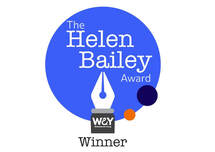
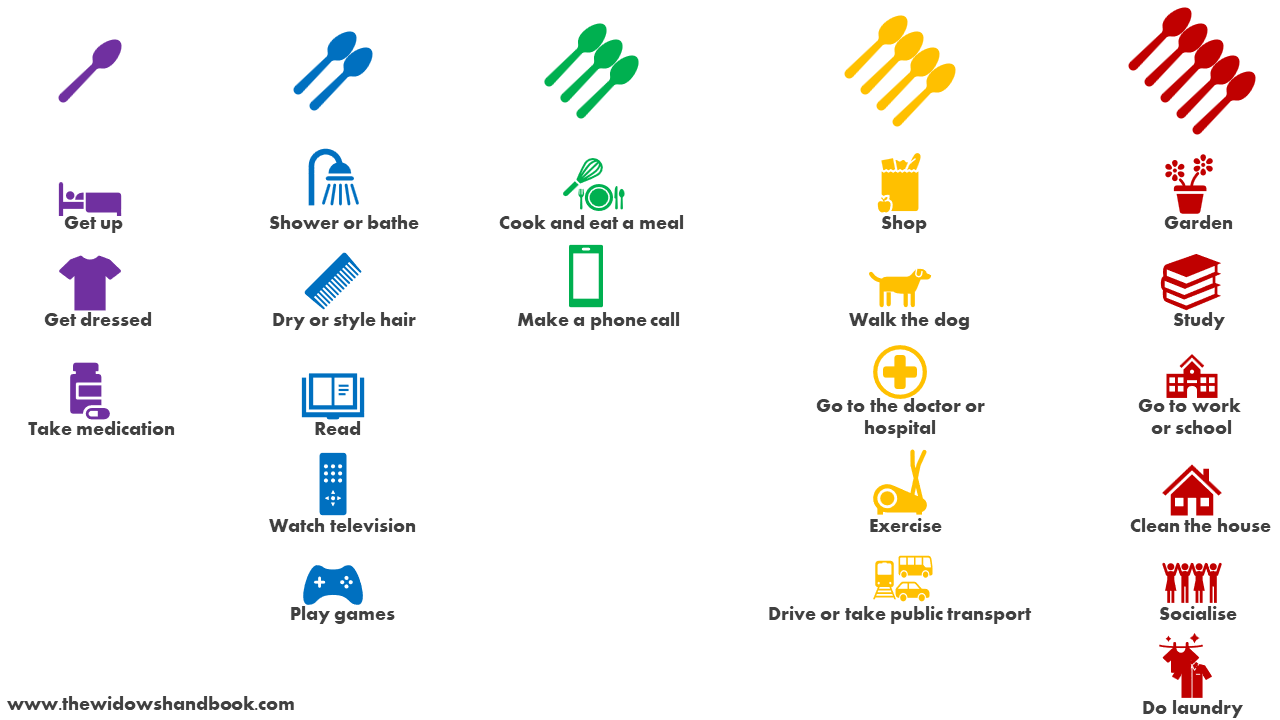

 RSS Feed
RSS Feed